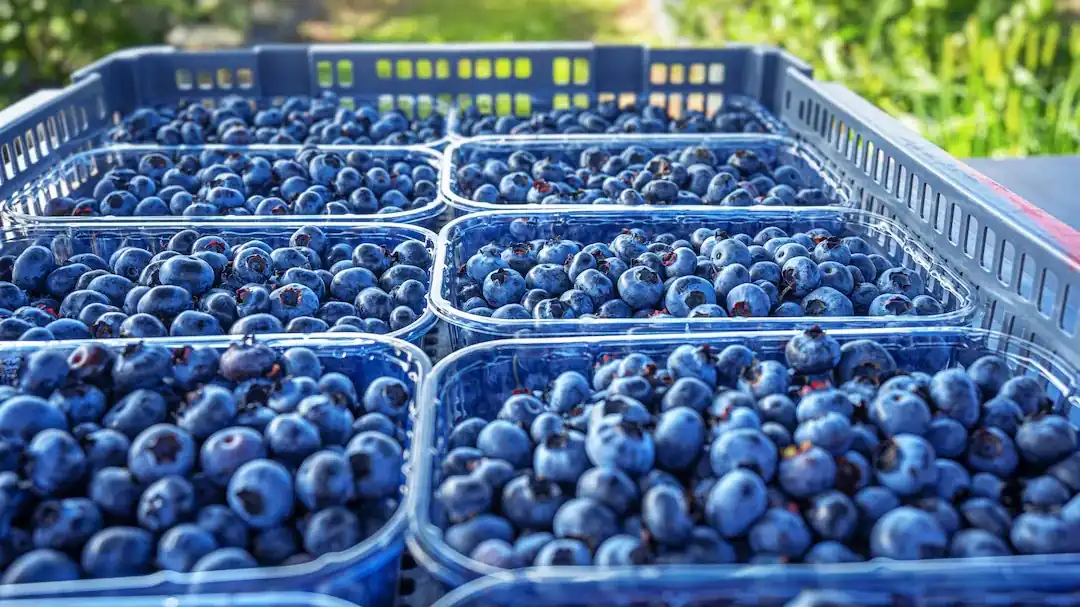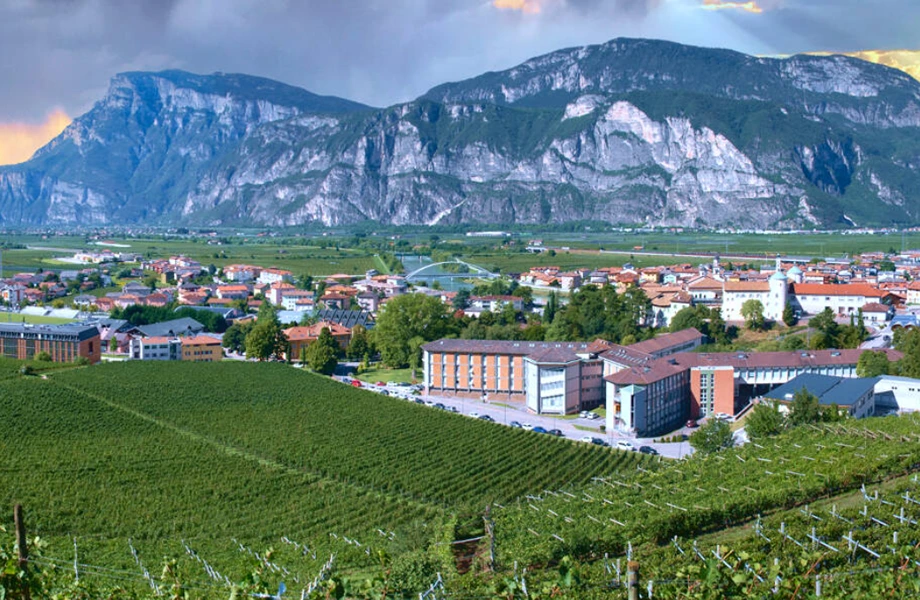Blueberries, have rapidly gained popularity in Portugal. In an enlightening discussion with Pedro Bras de Oliveira from the Instituto Nacional de Investigação Agrária e Veterinária, during the 12th National Meeting of Blueberry Growers, we embark on a journey through the past, delve into the challenges of the present, and speculate on the future of blueberries in this beautiful nation.
The past: cultivating the industry
Pedro Bras de Oliveira takes us back to a time when blueberries were a rarity in Portugal. The country's acreage dedicated to blueberry cultivation was minimal, and the industry was virtually non-existent. However, Portugal was determined to change that.
In 1985, the first varietal fields were established at Quinta de Lamaçais and Quinta do Brejo, featuring over ten blueberry cultivars. These trials, however, were not documented extensively. In 1994, a significant step was taken as the first trial fields of all blueberry types, including Northern Highbush, Southern Highbush, and Rabbiteye, were planted at the Fataca Odemira Experimental Estate.
By 2004, the initial results of blueberry production trials in protected cultivation were presented at the II National Symposium on Strawberry and Other Small Fruits Production. In 2011, trials of blueberry cultivation in substrate, coupled with innovative technologies for manipulating the production cycle using refrigeration chambers, commenced.
Over the course of a decade, a remarkable transformation unfolded. It commenced with the cultivation of Northern Highbush blueberries and then transitioned to Southern Highbush varieties. The evolution continued with the introduction of protective tunnels and, ultimately, the adoption of substrate-based cultivation methods. This rapid development showcased the industry's adaptability and resolve.
The present: challenges and opportunities
As we fast-forward to the present, we encounter new challenges and opportunities. Pedro Bras de Oliveira emphasizes the importance of blueberry varieties in today's context. The ever-evolving preferences of consumers and the demand for improved taste and quality necessitate a focus on innovative blueberry cultivars.
Exporting more blueberries is another key element of the present. While it may appear that Portugal is exporting less than expected, it's important to examine the data more closely. The statistics may not accurately reflect the actual consumption of blueberries within the country. This presents an opportunity to explore international markets and expand the industry's reach.
However, there are challenges to address in the present. Productivity remains an area of concern, with an average national productivity of just 7.5, which lags behind the desired levels. Older blueberry varieties in the North of Portugal need to be replaced with newer, more productive ones. Additionally, technical issues, such as improper irrigation and fertilization, need attention.
Pedro Bras de Oliveira highlights the industry's pressing need to reconnect and revitalize existing orchards. The currently planted cultivars in Portugal are outdated, and genetic improvement has resulted in new, more productive and resilient blueberry varieties. With an increase in productivity, larger fruit sizes, greater production, and improved fruit quality, the industry is poised for positive change.
Despite the challenges posed by the influx of imported blueberries, it has resulted in a reduction in average blueberry prices in the European market since 2016. This, in turn, has allowed retailers to offer more attractive prices and promotions, making blueberries more accessible to consumers. As consumer preferences become increasingly discerning, the demand for superior-quality blueberries is on the rise.
As for the present, Pedro Bras de Oliveira highlights the industry's pressing need to reconnect and revitalize existing orchards. The currently planted cultivars in Portugal are outdated, and genetic improvement has resulted in new, more productive and resilient blueberry varieties. With an increase in productivity, larger fruit sizes, greater productionand improved fruit quality, the industry is poised for positive change.
The future: embracing change
As we gaze into the future of the Portuguese blueberry industry, it becomes clear that adaptation and innovation are paramount. The principal challenge on the horizon is genetics. The industry must keep pace with changing consumer preferences and market demands, necessitating ongoing investments in developing new blueberry varieties.
Furthermore, the European blueberry market has witnessed rapid growth, increasing from one billion Euros to over two billion Euros in just five years. This expansion is partly attributed to significant imports from countries outside of Europe, particularly Chile, Peru, and Morocco.
Despite the challenges posed by the influx of imported blueberries, it has resulted in a reduction in average blueberry prices in the European market since 2016. This, in turn, has allowed retailers to offer more attractive prices and promotions, making blueberries more accessible to consumers. As consumer preferences become increasingly discerning, the demand for superior-quality blueberries is on the rise.
In conclusion, the Portuguese blueberry industry stands at a pivotal juncture in its evolution, marked by a rich history, challenging present, and promising future. The path ahead is not without its hurdles, but the commitment to innovation and adaptation promises a fruitful journey. Blueberries, once a rarity, are now poised to play a significant role in the country's agricultural landscape, providing a sweet and nutritious future for Portugal.










